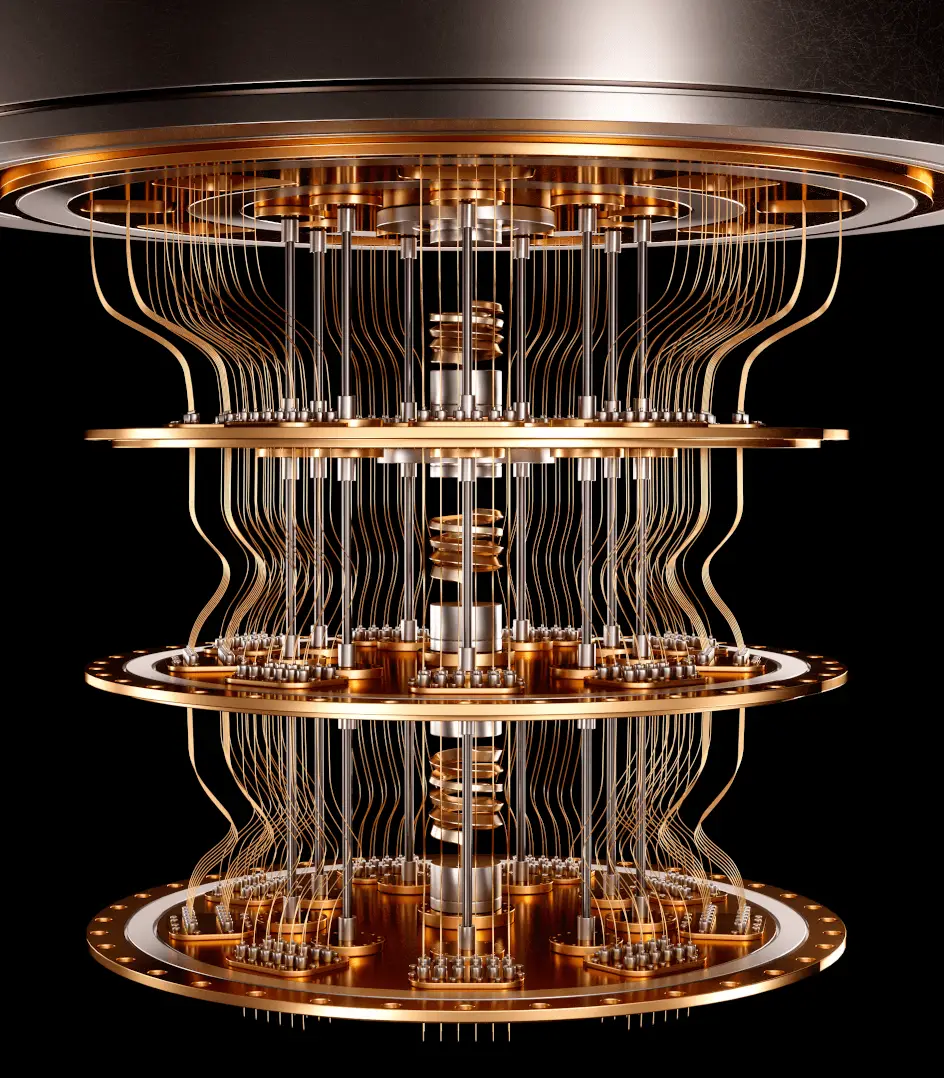

Computación cuántica. Qué es, situación actual y perspectivas futuras
La computación cuántica es un paradigma de computación distinto al de la computación clásica. La principal novedad es el uso de qubits, que pueden tener el estado 1 y 0 a la vez. Frente a los bits de computación clásica, que solo pueden tomar uno de los valores en cada momento.
Esto aumenta exponencialmente la capacidad de cómputo, ya que son necesarios mucho menos qubits para representar y/o procesar la información.
En la computación Clásica, para doblar la capacidad de cálculo es necesario doblar el número de transistores de los procesadores. En la Computación Cuántica, para doblar la capacidad de cálculo, basta con añadir 1 solo qubit, lo que nos sitúa ante un escenario de crecimiento exponencial.
Y el tiempo de resolución de problemas exponenciales se reduce significativamente:
¿Quieres saber más? Descárgate nuestro whitepaper.